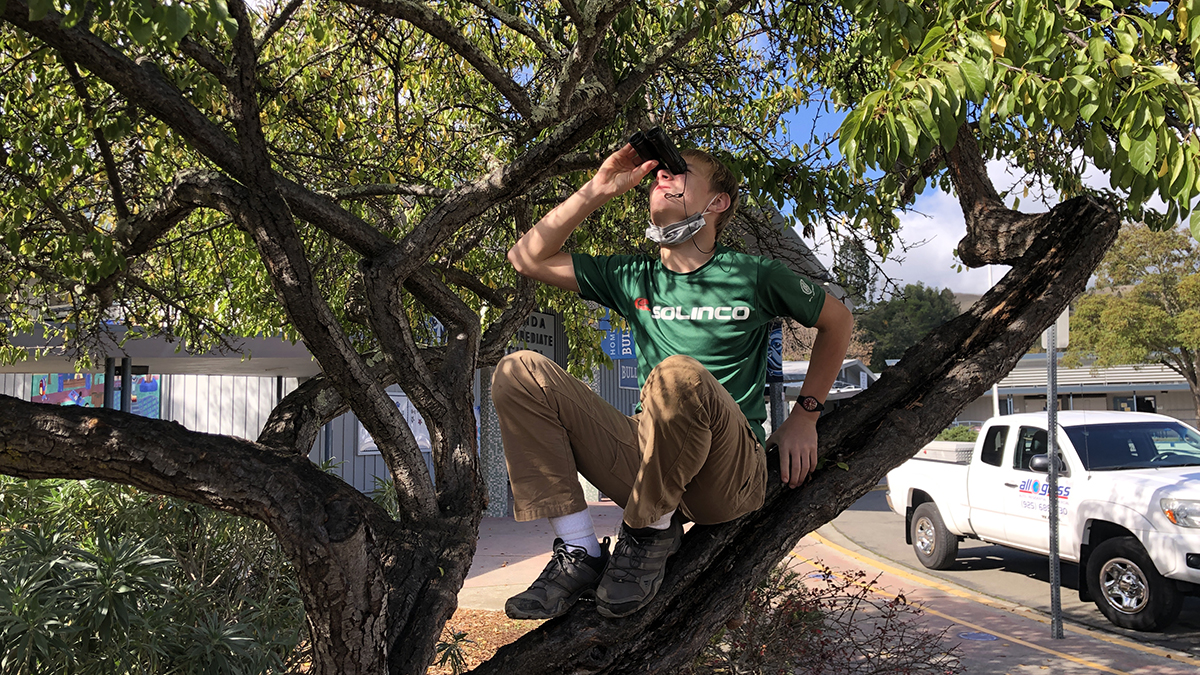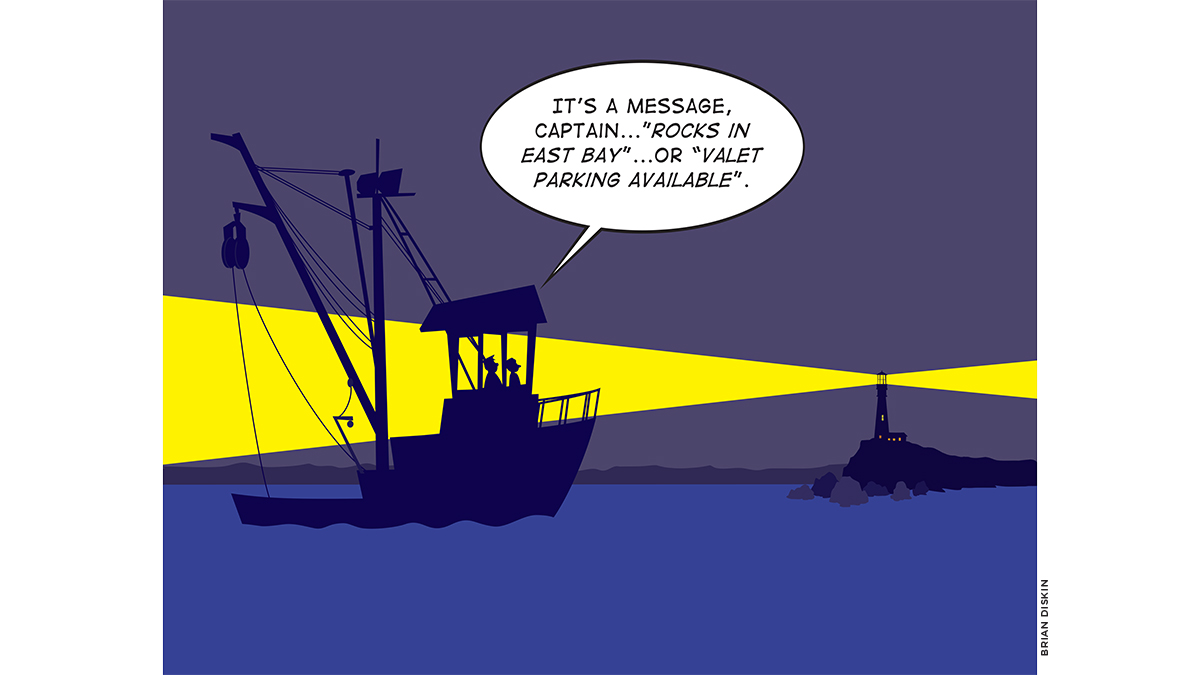feature
Bird Biodiversity
Co-Leading an Ongoing Outdoor Investigation With Middle School Students
interdisciplinary ideas
The Tragedy of the Commons
Science Unit Design With Embedded Literacy
Science Scope—March/April 2023 (Volume 46, Issue 4)
By Katie Coppens
citizen science
Become a Salt Watcher in your Community
Science Scope—March/April 2023 (Volume 46, Issue 4)
By Jill Nugent
start with phenomena
Fostering Cultural Community Wealth
Using community centered phenomena to develop paramount tasks
Science and Children—March/April 2023 (Volume 60, Issue 4)
By Kelley Woolford Buchheister, Christa Jackson, and Cynthia E. Taylor
methods & strategies
Reassessing Recess
Recognizing and supporting scientific and engineering practices in play
Science and Children—March/April 2023 (Volume 60, Issue 4)
By Alison Riley Miller and Martha Eshoo
science 101
Q: How Can My Students Demonstrate Information Transfer Using Waves?
teaching teachers
Making Stone Soup
A collaborative approach to integrated STEM
Science and Children—March/April 2023 (Volume 60, Issue 4)
By Laura Robertson, Alissa Lange, Jamie Price, Andrea Lowery, Holly McAvoy Scott, Qiuju Tian, and Ryan Nivens
Leadership Matters
What Science Should Look and Sound Like
Science and Children—March/April 2023 (Volume 60, Issue 4)
By Kathy Renfrew
engineering encounters
Farmers vs. Rabbits
Fifth graders explore how to maintain balance with environmentally sustainable solutions
Science and Children—March/April 2023 (Volume 60, Issue 4)
By Heidi Masters, Jacob Brehmer, Doug Feyen, and David McKittrick
Medication Safety Management
When an Ounce of Prevention is Worth More Than a Pound of Cure
By Hilary Anderson, Shannon Mommsen, Sara Khan, Abir O. Kanaan, Karyn Sullivan, Paul Belliveau





